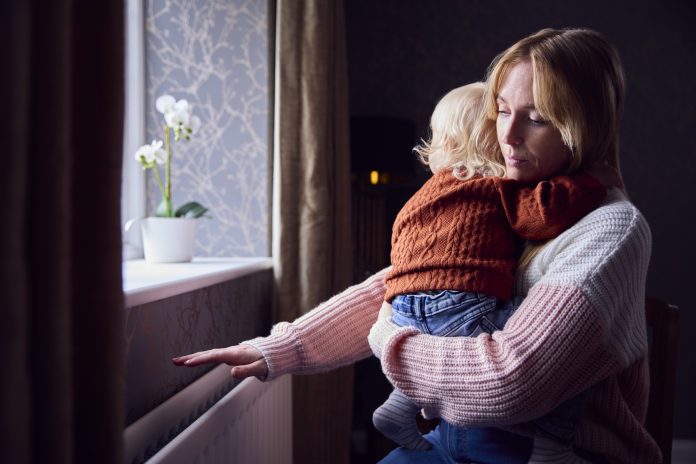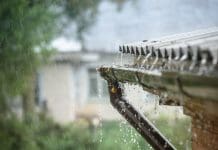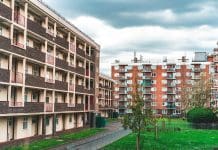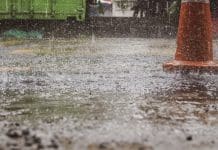The Chartered Institute of Environmental Health (CIEH) has raised concerns over a new report by the Resolution Foundation, which reveals that one in three households will face higher winter energy bills
50% of this figure will impact the nation’s poorest households this winter.
The CIEH has raised its concerns over the impact that higher winter energy bills will have on public health and the NHS.
Cold homes pose a significant risk to those with chronic ill-health, such as respiratory infections and cardiovascular health. Cold homes also increase the onset of asthma as well as a higher risk of stroke.
Cold homes cost the NHS £1.36bn annually
The “Manifesto for Environmental Health 2023″, published by the CIEH, explains the need to improve energy efficiency standards in homes and ensure they are cost-effective for residents.
The manifesto further emphasizes the commitment to promoting better indoor and outdoor air quality and addressing poor housing conditions, such as damp and mould.
Higher winter energy bills could not only cause monetary concerns. Inadequate insulation and heating can lead to dampness and mould, which poses serious health risks, especially for children and the elderly.
EHOs protect vulnerable people in all types of tenure against poor housing conditions by inspecting and enforcing housing regulations to ensure social housing is safe, habitable, and warm.
‘The rise in energy bills is not just a financial issue, but an environmental health concern’
Louise Hosking, executive director of environmental health at CIEH, commented: “Cold homes can lead to health issues, particularly in vulnerable groups.
“As recent tragic cases have highlighted, cold homes pose a significant risk to public health. Therefore, we urge policymakers to recognise these risks and to act urgently ahead of the winter months.”
How can improved insulation contribute to preventing mould and damp issues in residential properties?
Building insulation and retrofitting homes are crucial in preventing mold and damp issues in residential properties while simultaneously offering substantial energy-saving benefits during the colder months.
Mould and dampness often result from inadequate insulation, which can lead to condensation forming on walls and windows due to temperature differences between indoor and outdoor environments.
By enhancing insulation, the temperature differential is reduced, minimising the likelihood of condensation and subsequently inhibiting mould growth.
Effective insulation can help to prevent heat loss and create a more consistent indoor climate
This reduction in temperature variations reduces the chances of dampness occurring, as well as creating an environment less conducive to mould proliferation. Proper insulation also contributes to maintaining optimal indoor humidity levels, thereby deterring mould growth even further.
The financial gains from improved insulation are notable
As homes become better insulated, the need for constant heating diminishes. This directly translates into lower energy consumption, thereby trimming energy bills substantially during the winter months.
Retrofitting existing structures with improved insulation can be a cost-effective long-term investment that pays for itself through energy savings while concurrently safeguarding the property from mould and damp-related damage.

















